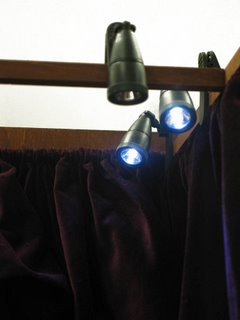nurturing the sutures part one
the seemingly violent first stages have begun. Before I can start to set up pieces in the theatre and start the animation process, I need some basics completed - first on the docket is the head. I am trying to suture together as many pieces from the toys that I have; after all, they are of the same species and therefore should be relatively compatible.


After getting the Cinderella mechanisms back up and running (I unfortunately melted her casing and had to solder a new battery back to her pieces), I determined that the response to sound through vocals, light, and movement could tie in well with the head of the object. The next step was then to start to assemble pieces that could compose the head. As seen above - I started by carefully pulling apart the ear of the teletubby.

I was hesitant to use the entire head of the boobah - I've sectioned it apart, and plan on building up the other side of the head with wiring.

The geometry of the Cinderella mechanism (on the left) is starting to inform the connections between the mechanism itself and the shell of the head. Cinderella incorporates a small motor, a microphone, and a speaker. Within the circuitry should be a comparator, as it can determine the volume and responds vocally based on the comparison.

Finally, the face of the teletubby is being fused into that of the boobah.



